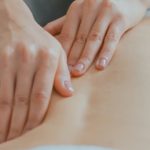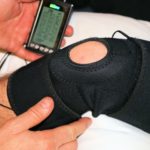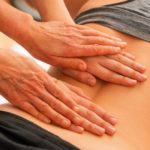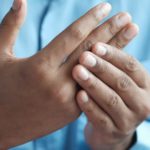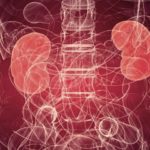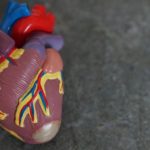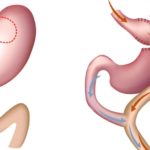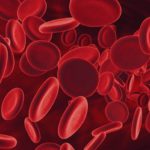Heel pain – what are the causes?
The foot is an important part of our body because it bears all the burden of body weight and the trauma of taking us around. The significance of the services of the foot is realized when one develops pain in the foot. But it is the heel that is most often affected. While walking or running, the heel strike phase bears the maximal brunt of the impact. Its incidence is about 10% in the adult population. Heel pain is one of the most commonly occurring foot complaints treated by healthcare professionals.
What are the causes of heel pain?
The causes of heel pain are multifactorial. It can have a detrimental effect on physical activity, social mobility, and performance. The treatment is related to the treatment of the causative factor.
Heel pain is most commonly associated with the plantar fascia. The plantar fascia is a band of fibrous tissue which is attached to the medial tubercle of the calcaneus and stretches forward to attach to the base of each toe. Overuse or repetitive trauma results in inflammation which is known as plantar fasciitis. This condition is also named plantar fasciosis, to emphasize that this condition is degenerative and not inflammatory. In a typical case, heel pain occurs on bearing weight or after walking. On palpation, the maximal tenderness is over the inner side of the heel where the plantar fascia is attached. In obese people, there is a higher risk of heel pain due to excessive strain on the plantar fascia.
The other causes of heel pain include calcaneal fracture, heel pad atrophy, and pain of neural origin. Localized nerve compression may be a factor for heel pain.
How to diagnose the cause?
Complete history and examination are useful in the detection of cause and appropriate diagnostic tests will lead to the correct diagnosis. The history should include the time of pain, pattern of wear of shoe, level of activity at work or during sports, and any history of injury. The presence of any numbness distal to the site of pain or radiation of pain indicates a neurologic cause.
Foot examination includes checking the range of ankle and foot movements, palpation of the heel for the site of tenderness, looking for tightness of Achilles tendon, loss of heel pad of fat, and architectural alignment of the foot.
Many of these patients have an abnormal pattern of shoe wear or altered biomechanics of the foot. The analysis of gait and foot pressure studies may help in the detection of these problems. Nerve conduction study is useful in patients with suspected nerve entrapment in the tarsal tunnel syndrome. Weight-bearing radiographs are taken to look for any changes in the structure or alignment of foot bones.
What is the treatment of heel pain?
Treatment for plantar heel pain is varied. The severity and duration as well as its cause dictate its treatment plan and rehabilitation. A weight loss program should be initiated in patients with high BMI. Pain relief with the use of anti-inflammatory agents like NSAIDs is started initially. In persistent cases with episodes of exacerbation, local injection of steroids has a dramatic effect. Padding and strapping of the foot provide cushioning and reduce swelling. Use of silicone insoles for pressure offloading is done if the condition is very severe.
Stretching is frequently utilized as a conservative treatment for plantar heel pain especially in people with tight plantar fascia. Regular stretching of the plantar fascia and Achilles tendon has been reported to improve the symptoms. Local application of extracorporeal shock wave therapy or radiofrequency therapy helps in reducing swelling and pain. It works by increasing blood flow at the site of pain which helps in healing. Improvement usually occurs within six weeks. Surgery is the last resort and is usually considered after one year of above therapy when the symptoms are disabling.
Heel pain occurs often in adults but subsides with rest or a hot foot bath. If the pain continues, a foot care specialist should be consulted as it may be due to a local problem or part of a generalized disease.

